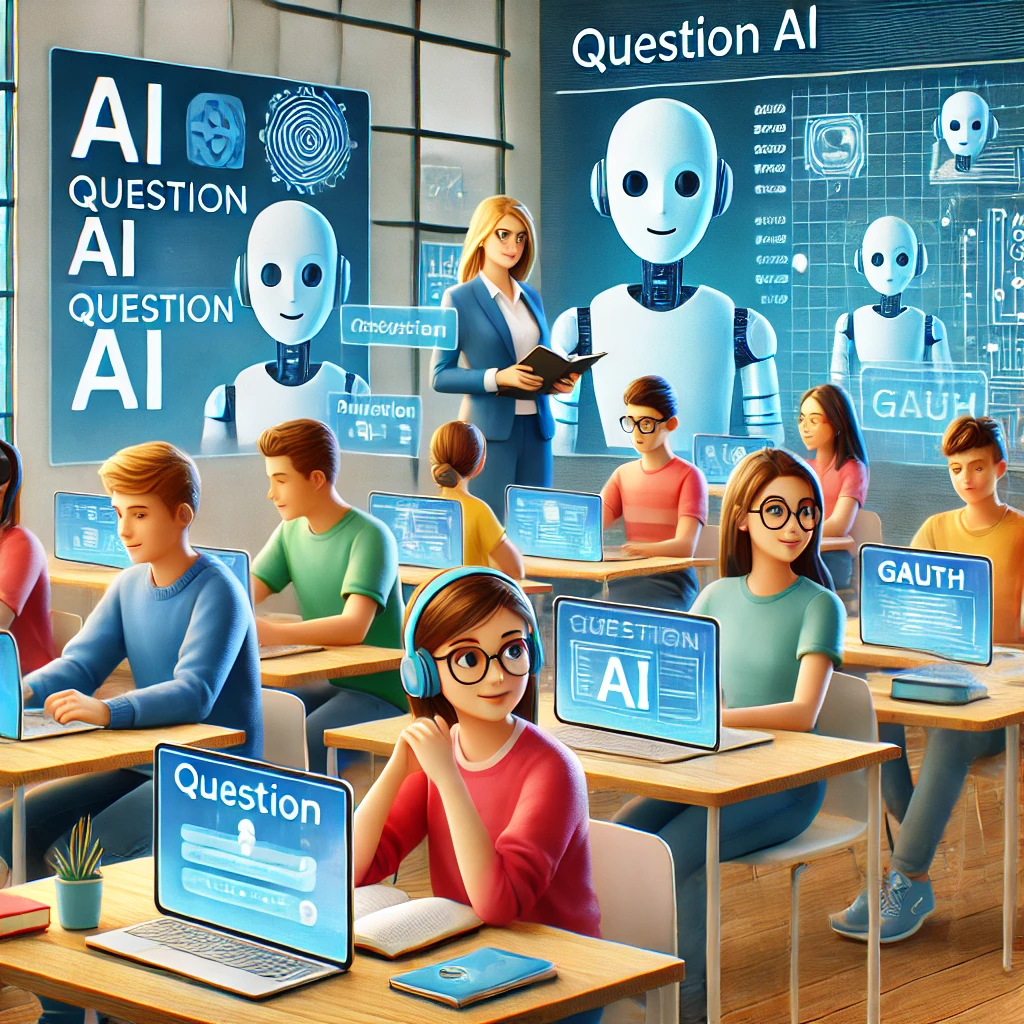The Revolution in Teaching and Learning: AI-Enhanced Interactions
Artificial intelligence will enable more natural interactions between students and teachers and technology. The integration of AI in the future of teaching and learning promises to transform the educational experience, fostering a more personalized approach to learning for students. By leveraging machine learning algorithms and natural language processing, AI systems can analyze students’ progress, identify gaps in understanding, and provide tailored support in real-time. This level of personalization, combined with seamless natural interactions, will help students feel more engaged and better supported in their educational journeys.
AI tools may automate actions such as helping students with homework or reducing a teacher’s workload. The rise of AI-powered teaching assistants and AI assistants in the classroom offers the potential to streamline tasks like grading assignments, providing feedback, and answering student questions. This not only allows teachers to focus on higher-level instructional activities but also enables students to receive timely and individualized support. As a result, students and teachers can engage in more collaborative assignments, fostering deeper understanding and a richer learning environment.
The Hidden Dangers of AI in Education: Risks and Privacy Concerns
These new forms of interaction bring new risks, including overestimating AI systems and collecting more personal data. As AI systems become increasingly integrated into educational technology, the potential for overreliance on these tools grows. Teachers, students, and parents must be cautious about placing too much trust in AI, as it is still an evolving technology with limitations. Additionally, AI systems often require the collection and analysis of vast amounts of personal data to function effectively. This raises concerns about privacy and data security, as well as ethical questions surrounding the use of student data.
AI may produce unwanted or “fake” outputs, which can undermine the learning process. While AI has the potential to improve education, it is not without its flaws. For instance, AI-generated content may not always be accurate or reliable, leading to the dissemination of misinformation or “fake” outputs. This could inadvertently impede the learning process and hinder students’ development of critical thinking skills. To address this issue, educators must exercise vigilance and ensure that they verify AI-generated content before incorporating it into their teaching materials.
The Complexity of AI in Education: Visibility and Informed Choices
Subtitle: Analyzing AI Systems and Supporting Independent Agency in Educational Decision-making
AI systems may not always be visible or obvious in certain applications for teaching and learning. This lack of visibility can make it difficult for users to discern which aspects of their educational experience are driven by AI. As a result, teachers, students, and parents may be unaware of the extent to which AI is influencing their interactions with educational technology. This lack of transparency can hinder informed decision-making and limit the ability of users to exercise their independent agency in choosing the most appropriate tools and resources.
Analyzing AI systems within school technologies will be complicated, and informed decisions will be hard for individuals to make on their own. Given the complexity of AI, it is essential for stakeholders to collaborate in assessing and understanding the implications of AI for education. Teachers, parents, and students should work together to learn about the potential benefits and risks of AI, as well as the broader ethical and societal considerations. By fostering a culture of open communication and cooperation, stakeholders can make more informed choices about the use of AI in teaching and learning, ensuring that technology is harnessed effectively and responsibly.
Addressing AI Challenges: The Role of Policies and Shared Decision-making
Banning AI systems is unlikely to solve these problems, and leaving it to individual teachers, parents, and caregivers to make choices may not be adequate. A more balanced approach is needed to address the challenges posed by AI in education. This involves creating shared policies and guidelines that consider the diverse perspectives of all stakeholders in the educational technology ecosystem. By establishing a clear framework for responsible AI use, stakeholders can make more informed decisions that align with broader educational goals and values.
There is a clear federal role to support constituents of educational technology ecosystems in creating shared policies that provide a clear basis for sound educational decision-making. The government, through agencies such as the Office of Educational Technology (OET), can play a vital role in facilitating collaboration, providing resources, and promoting the development of guidelines and best practices for AI in education. This support will be essential for ensuring that AI is implemented responsibly, effectively, and equitably across schools and districts.
Exploring the Current Landscape of AI in Education and Supporting Stakeholders
OET’s AI blog series highlights the current landscape of AI in Education and potential considerations for education and policy stakeholders. By providing a platform for discussion and analysis of AI’s impact on teaching and learning, the OET helps to inform educators, policymakers, and parents about the opportunities and challenges presented by AI. This information can serve as a valuable resource for stakeholders as they navigate the rapidly evolving educational technology landscape and make decisions about the adoption and use of AI in their classrooms.
The Office of Educational Technology (OET) provides leadership for maximizing technology’s contribution to improving education at all levels. As an independent agency, the OET is uniquely positioned to drive innovation, facilitate collaboration, and support the responsible integration of technology in education. By working closely with educators, policymakers, providers, the OET helps to ensure that the potential benefits of AI and other emerging technologies are realized while minimizing potential risks and addressing ethical concerns. Through its leadership, the OET plays a critical role in shaping the future of teaching and learning, empowering educators and learners alike with the tools and resources they need to succeed in an increasingly interconnected and technology-driven world.



